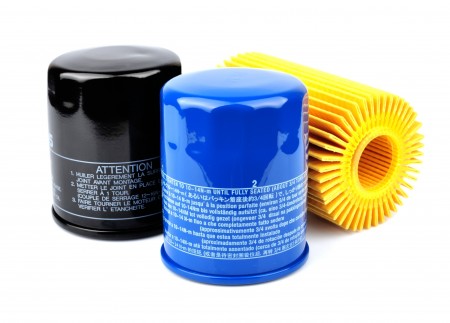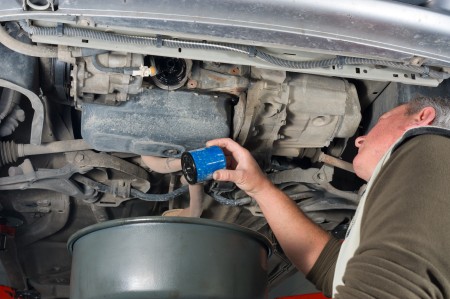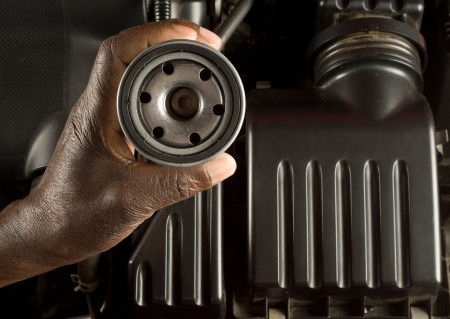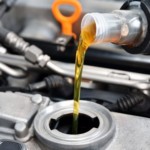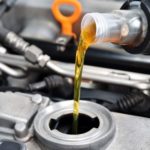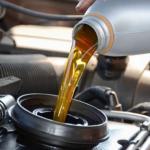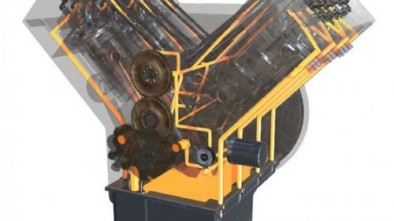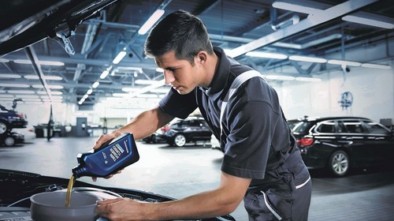Oil Filter - What You Need to Know About an Oil Filter?
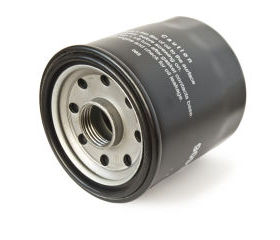
Oil filter
If you are a driver, then you probably know that motor oil in the vehicle is a very important item and it is necessary to regularly check whether it is at a normal level and whether it is consumed or not, and when a certain mileage is exceeded, it should be replaced. Engine oil serves as protection for the engine of a personal vehicle and is used for cooling, cleaning, lubrication and protection of the engine.
In addition to all that, today's air is much more polluted than it was before, so the filtration of the lubrication system is also very important. Dirt caused by engine operation is very abrasive, and consists of soot and dust particles and other particles that occur inside the engine due to high friction, but also pollution because the structure of the oil changes over time. All these particles enter the moving parts in the engine, and since they are, as we have already said, abrasive, they damage various surfaces on the engine. In this way, the distance between some parts increases, and with friction, new, even larger particles appear, which are even more abrasive.
We list all this in order to understand the true value of the oil filter. Namely, a good oil filter means preventing engine wear, and ultimately it means an engine that lasts longer and needs to be repaired less and less often, which is everyone's goal. Their role is to purify engine oils and protect the oil from dirt, and thus the engine is more maintained and cleaner and expensive repairs are avoided. In addition to this, the engine also has better performance. Nowadays, oil filters are most often produced as cartridges, which strengthens their ecological side, ie they pollute the environment less.
Interestingly, the first cars did not have any oil filters at all. In addition, the oils were of very poor quality and had to be changed very often. The first oil filters did not appear until 1923, and were invented by the Americans Ernest Sweetland and George H. Greenhalgh. They were very simple and consisted of a small sieve attached to an oil pump. They are called ‘purolator’ from the word ‘pure oil later’. Then landing most often the pump sent directly to the engine parts to be protected and lubricated, with only a small fraction of the oil passing through the filter, so in fact most of the oil was still unfiltered. However, this also saw a reduction in vehicle maintenance costs.
It is best to change the oil filter every time the oil in the car changes. Each type and brand of car has been prescribed after how many thousands of miles have to be changed landing. It also depends on the type of oil used. Newer cars often use very expensive oils that further protect the engine and can also be changed for longer miles.
Today's oil filters are made mainly of metal wool, paper and wire cloth, which is actually stainless steel. The paper part of the filter is made of paper fleece and which is great for very fine filtering. This part of the filter cannot be washed but must be discarded. When we talk about metal wool it is fleece made about metal fibers. This part of the oil filter performs deep filtration, is very resistant to high temperatures, is very solid and can withstand a high pressure drop in the system.
When a significant drop in oil pressure is measured with the oil filter, it is a sign that it is dirty. For example, on a clean filter the drop in oil pressure is about 0,1 bar, while on a dirty one it is several times higher.
There are four types of oil filters. These are pressure, suction, return and deaeration filter. Under pressure filters must be robust because they are usually exposed to the maximum amount of pressure. They are installed in front of the regulation and control devices to protect themselves. The suction filter is placed inside the hydraulic pump. This is a very fine filtration, but this type of filter is very difficult to come by and difficult to maintain. Return filters are usually placed in front of the tank, they are easy to maintain because they are very affordable. The deaeration filter is placed in the oil tank itself and purifies the oil that enters the system.
In the end, it should be emphasized that the oil filter is something we need to take special care of. Although in recent times it has been said that oil, and therefore the filter, should be changed every 30,000 kilometers, practice has shown that it is still better to do it every 15,000 kilometers because the engine is cleaner and less expensive. Also, the oil changes at an operating temperature of 80 to 90 degrees with the internal combustion creating a harmful deposit. Because of all this, it is better to change the oil and oil filter every 15,000 miles or, if the vehicle is poorly used, every year.
Source: www.silux.hr
Recommendation of similar texts:

Hi there, I am Mladen and I am an auto enthusiast. I started this blog years ago to help like minded people share information about latest cars, car servicing ideas, used car info, exotic cars, and auto technology. You will find helpful articles and videos on a wide variety of cars - Audi, Mercedes, Toyota, Porsche, Volvo, BMW and much more. Ping us if you have anything cool to share on latest cars or on how to make older cars more efficient, or just want to say hi!

